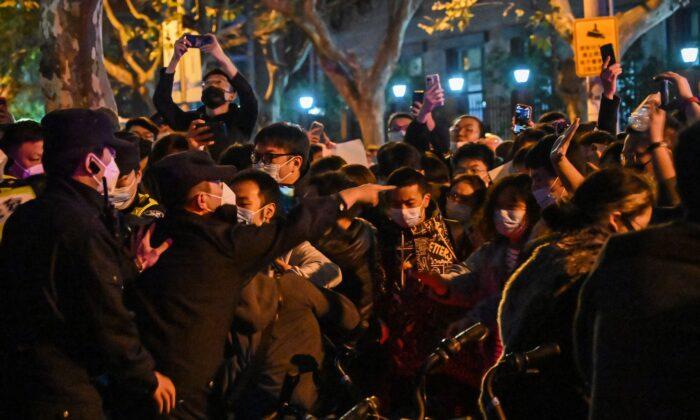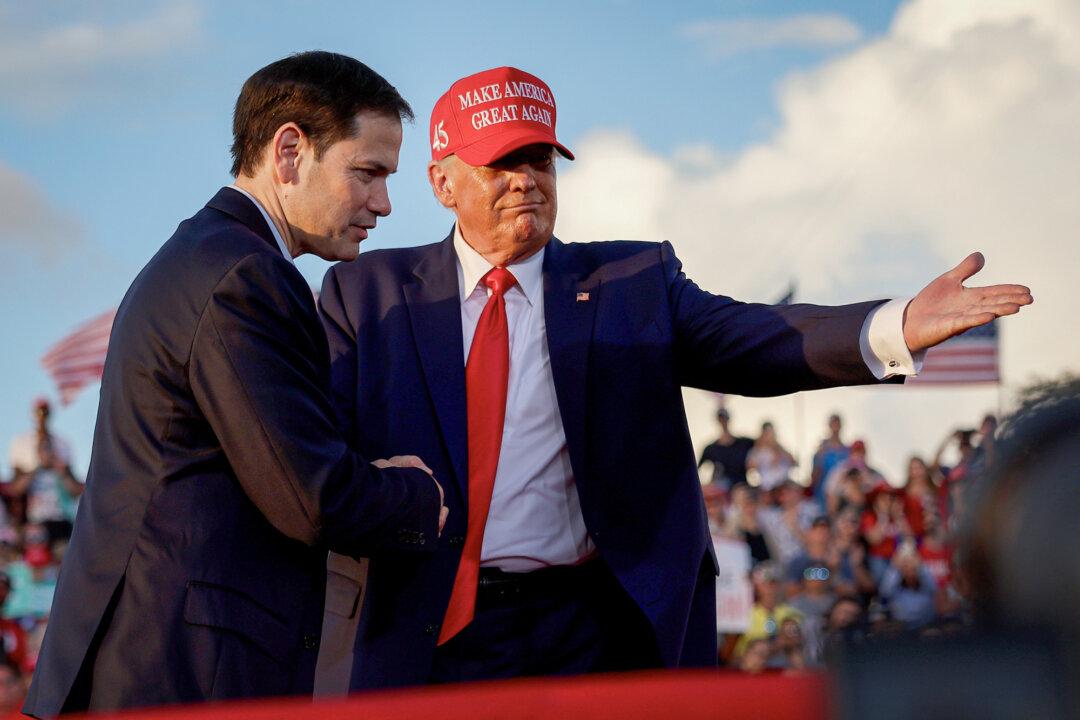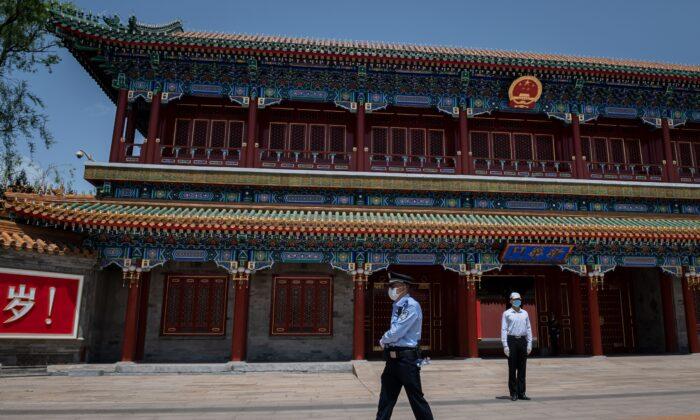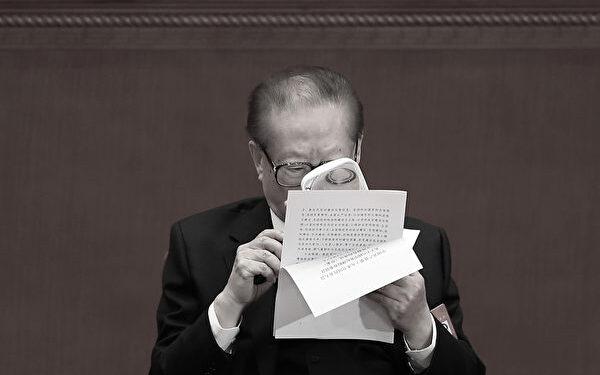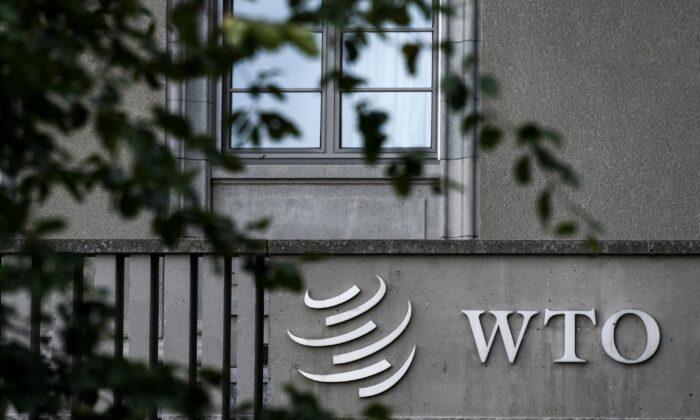Over a week has passed since China abandoned its zero-COVID policy. The sudden move caused chaos in society, and Beijing was not prepared.
The drugs for flu and fever are sold out. Long queues are seen outside the hospitals consisting of people with fever, mild common cold symptoms, or those who want to consult a doctor for other ailments. Until Dec. 11, the number of patients visiting the hospital increased by 16 times compared to a week ago, and the 120 emergency numbers saw call volumes increase by six times, according to Chinese media. Nobody was prepared, including the general population, the medical staff and facilities, and even the media.
White Paper Movement
For Chinese leader Xi Jinping, the recent protests were much more challenging than any other past demonstrations. The last large-scale protest happened 33 years ago in Tiananmen Square in Beijing. The other demonstrations in between were limited either to specific regions or specific groups. The Chinese Communist Party (CCP) is not afraid of regional protests that happen all the time because the demands are hardly echoed in other regions. It’s almost impossible to simultaneously have people in different provinces and cities with similar demands. But this year’s lockdown in many cities, including Shanghai, just did that.The lockdowns angered many Chinese but what triggered the protests was the high-rise fire that broke out in Urumqi, the capital city of China’s Xinjiang region. The protests in different areas had one demand in common: lift the lockdowns. Unlike the 1989 pro-democracy protests, in which the people asked the CCP to change its authoritarian rule, the White Paper protesters went further and called for the CCP and Xi to step down.

In 1989, the protests were initiated by university students in Beijing, led by the Beijing Students’ Autonomous Federation. The protests mainly took place in Tiananmen Square. But this time, most of the protesters were residents that couldn’t be easily dispersed. Without a center and leadership, the CCP couldn’t use tanks as they did in 1989. The CCP couldn’t even find a person or a group to arrest or negotiate with. This means the regular measures to quell a protest are useless this time. There’s only one way to resolve the issue: lift the lockdowns.
It’s unusual to have CCP leaders change their minds, especially to back down from the people. Actually, the CCP has never changed an important policy under public pressure—not once. In 1957, when the intellectuals tried to give suggestions to the Party, they became the targets of the Anti-Rightists campaign. In 1959, when then-Minister of Defense Peng Dehuai questioned Mao Zedong’s Great Leap Forward campaign, he was accused of leading an anti-Party bloc. In 1989, when the student protesters asked the CCP to do something about its own corruption, they were met with tanks. In 1999, when Falun Gong adherents asked for religious freedom, which is written in China’s Constitution, they have been brutally persecuted ever since. None of the demands of the people has been fulfilled. The CCP and its leaders can’t show weakness.

Xi is faced with a big problem. As we know, he has bound himself to the zero-COVID policy. For the first two years of the pandemic, when the rest of the world suffered from partial lockdown, China seemed to be doing fine, except for the Wuhan lockdown in early 2000. The production line was in full gear to supply the world. China bragged about it as the advantage of being a socialist country compared to the free world. Many world politicians and financial institutions praised China as a role model in fighting COVID. During the pandemic, China promoted vaccine diplomacy, the “China Model,” and Xi’s idea of an international community with a “common destiny for mankind.”
Any change to the zero-COVID policy would really hurt Xi. That’s why China did the opposite when the whole world gradually loosened its measures against the pandemic this year. Chinese authorities locked down major cities, including Shanghai and Zhengzhou. To justify the strict measures, the state media quoted some Western research models claiming that more than 1 million people would die if the lockdown were to be lifted. No one has ever mentioned that the actual number of COVID deaths could be over 1 million in China. However, the CCP believes that as long as people don’t die from COVID, the numbers don’t count. It won’t damage the CCP’s image of greatness, glory, and righteousness.
As long as Xi doesn’t change his mind, no one dares to prepare for the possible zero-COVID policy change. The chaos revealed that the CCP regime can’t change with the times. The CCP couldn’t stop the Cultural Revolution until Mao died. The CCP can’t abolish zero-COVID until who knows what happens to Xi. No wonder the French scholar Jean-Philippe Béja questioned Xi’s hold on power.
The CCP still hasn’t admitted any wrongdoing in the Tiananmen Square massacre, the persecution of Falun Gong adherents, Tibetans, and Uyghurs, and the end of Hong Kong’s “one country, two systems” policy. The CCP always chooses the worst path in every historical event—there’s no exception.
The White Paper movement and the recent chaos also exposed a crack in the CCP regime. The world saw that the CCP is not as great as it appears. More importantly, many Chinese realized that the CCP is not perfect. Even Xi, despite securing an unprecedented third term, could be forced to get rid of his signature zero-COVID policy under public pressure. The CCP is digging its own grave.
